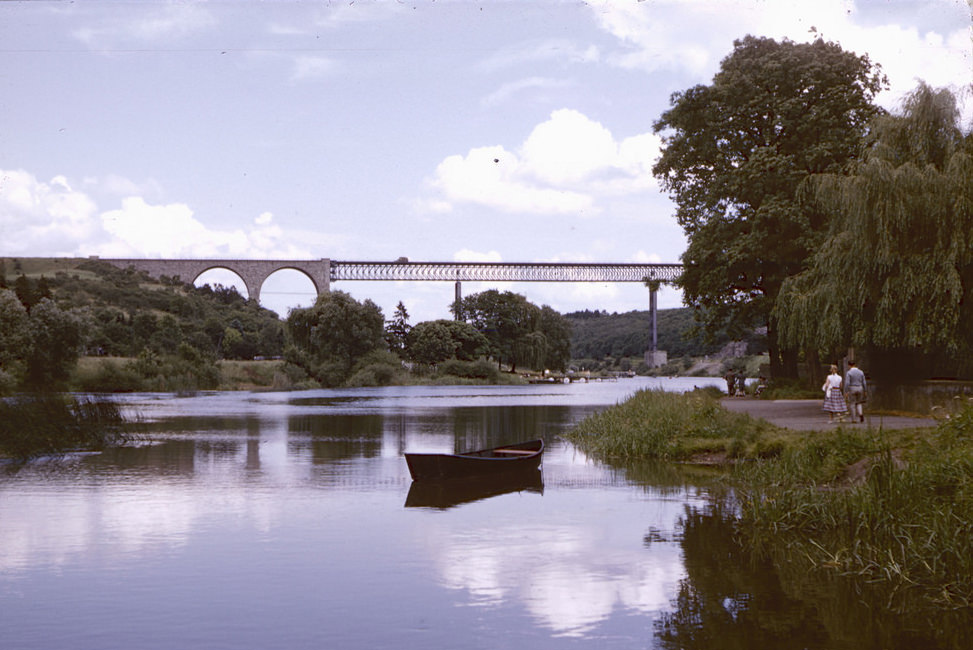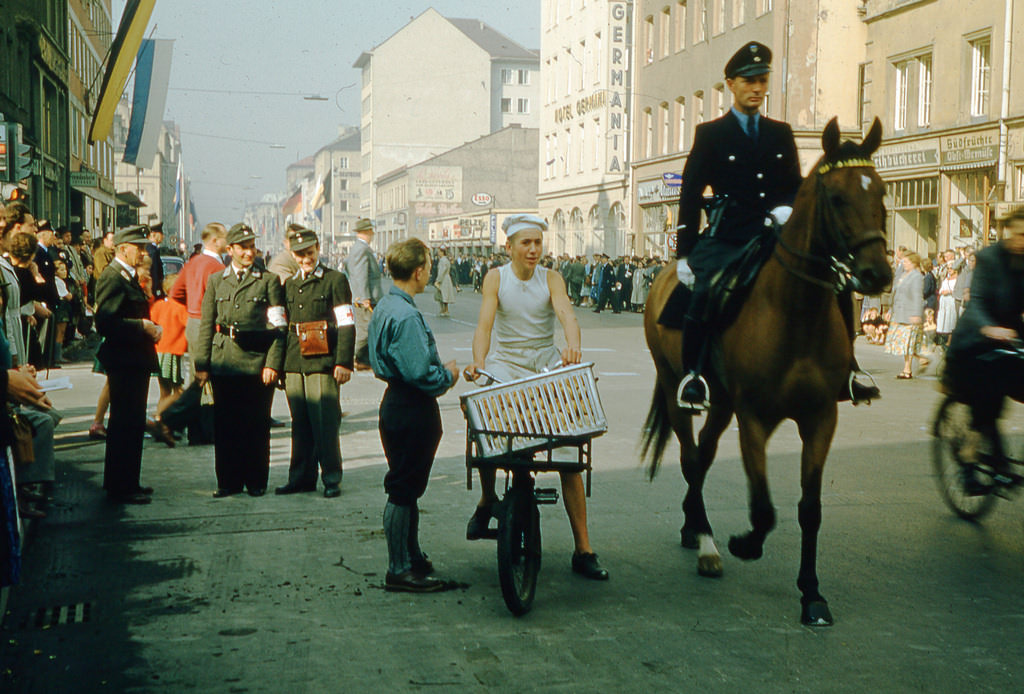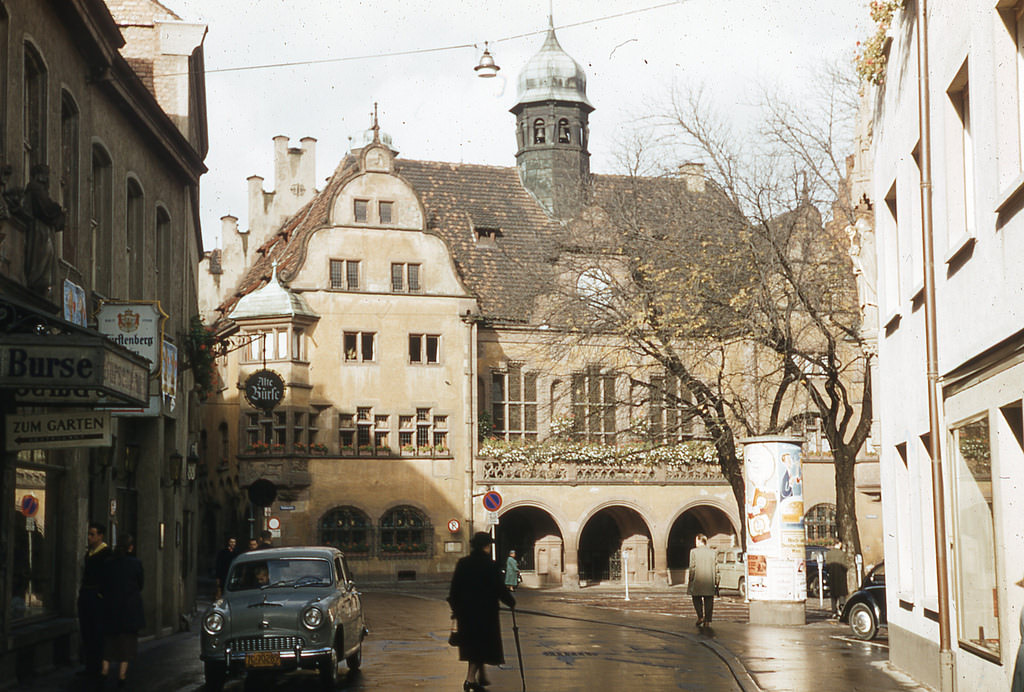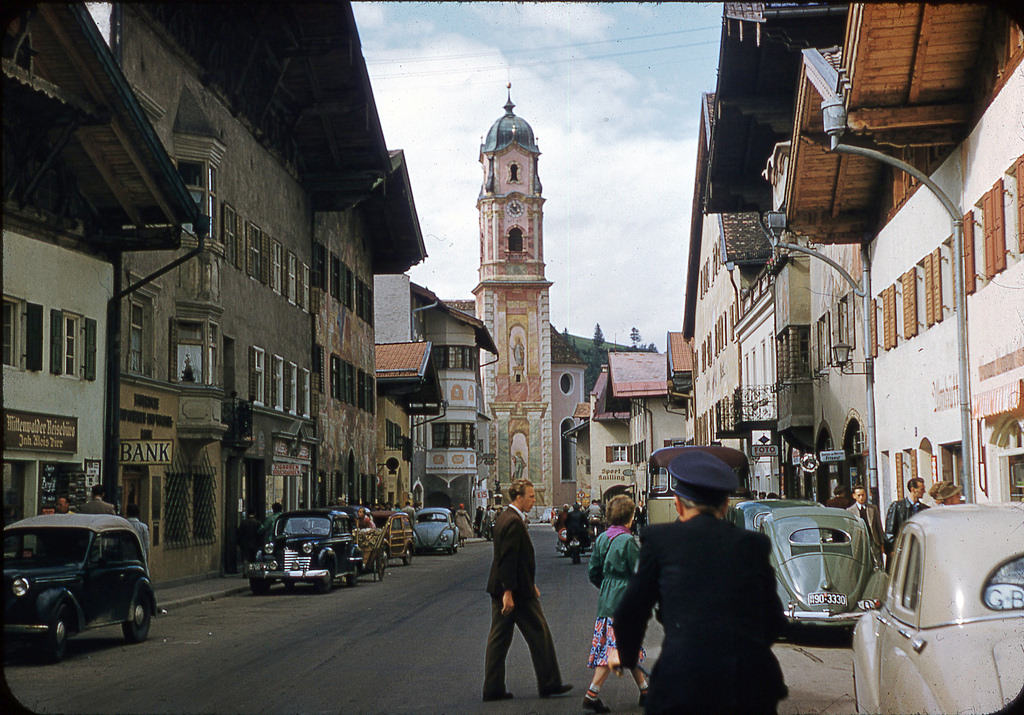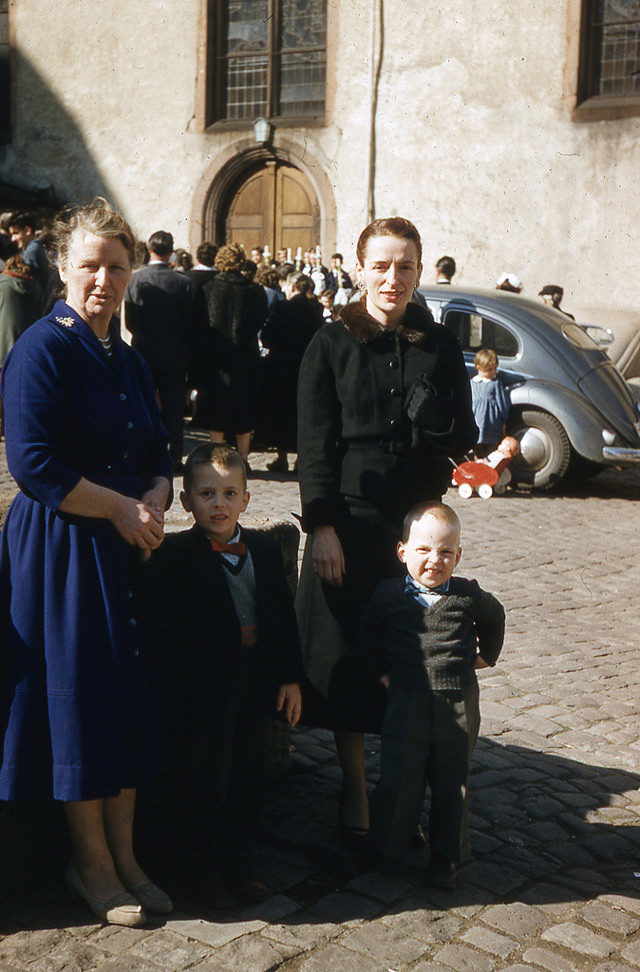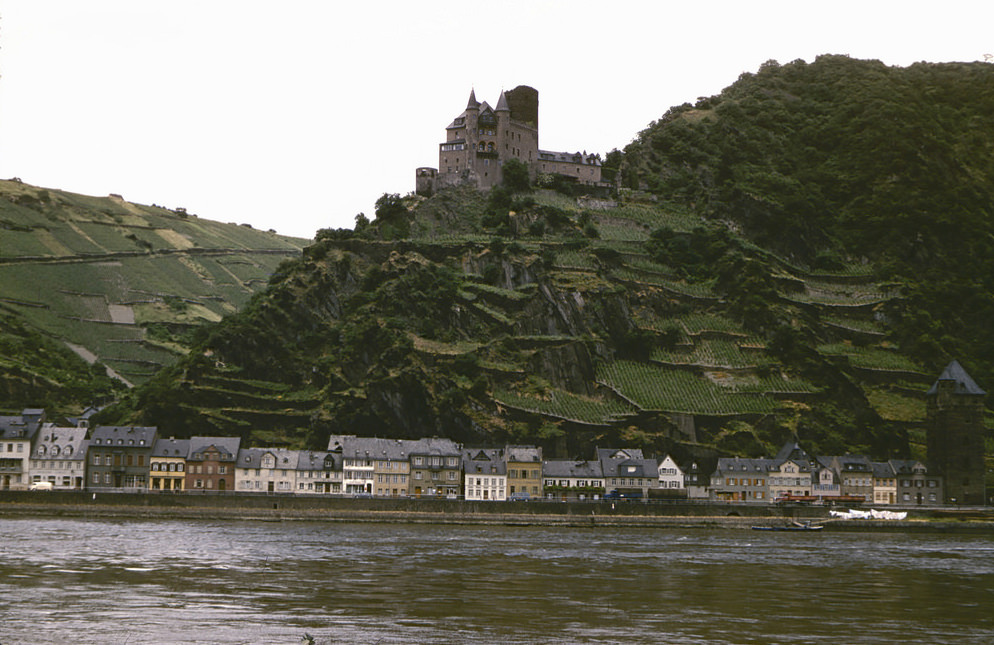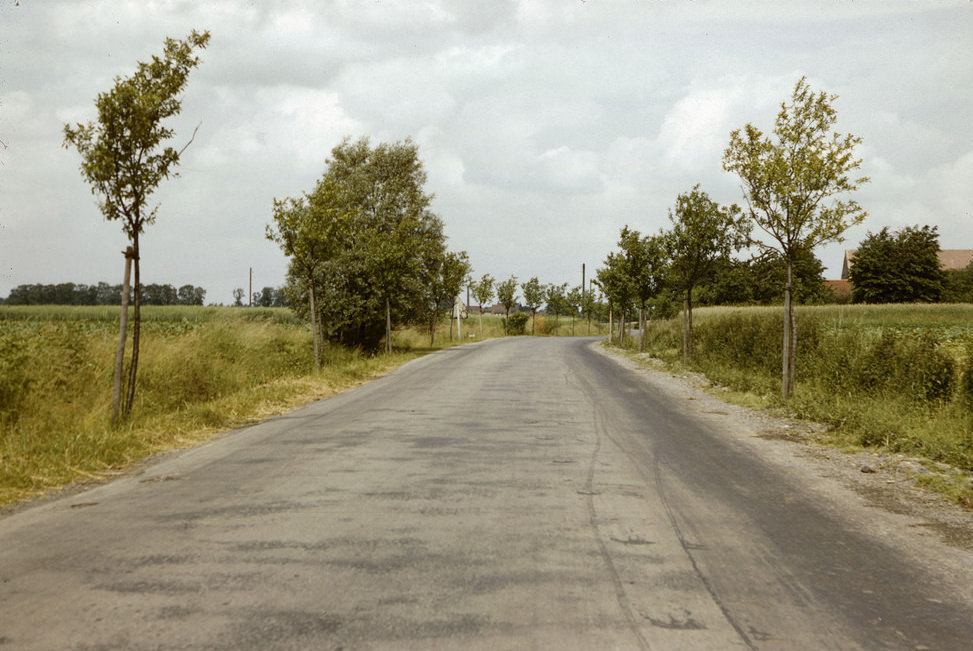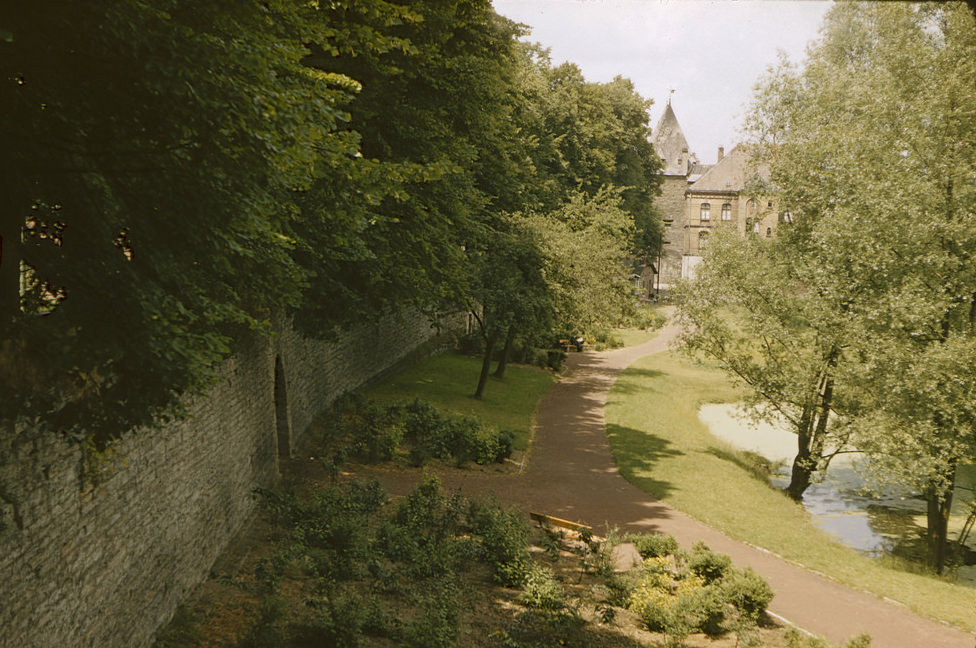Picture a nation emerging from the ruins of a world war, striving to rebuild its identity and infrastructure while grappling with significant political division. This was the reality for Germany in the 1950s. But beyond the challenges and transformations, the ’50s were also a time of resilience, renaissance, and renewed optimism in Germany. Let’s journey back to this pivotal decade and explore what life was like in the country during that time.
The Aftermath of War
The 1950s dawned only a few years after the end of World War II. The devastating conflict had left Germany in ruins, both literally and figuratively. The country’s infrastructure, economy, and moral spirit were severely battered. Not to mention, the nation was divided into East and West under the control of the Allied powers – the United States, the Soviet Union, the United Kingdom, and France.
The Bumpy Road to Recovery
The first years of the decade were marked by immense hardship. The task of rebuilding was daunting. Rubble was everywhere, food and resources were scarce, and many Germans lived in makeshift shelters. Yet, Germany did not let this daunting reality determine its future.
Under the Marshall Plan, the United States provided financial aid and resources to Western Germany to help it reconstruct. Despite the physical and psychological traumas of the war, the German people displayed an incredible capacity for resilience and hard work. The rubble was cleared, factories were rebuilt, and new industries sprung up.
The Economic Miracle
In 1948, Ludwig Erhard, the economic director for the United States and the British zones, introduced the Deutsche Mark, a new currency to replace the Reichsmark. This move was instrumental in stabilizing the German economy and stimulating growth. The introduction of a social market economy, a model that combines free-market capitalism with a commitment to social welfare, also played a pivotal role in the country’s economic resurgence.
This economic miracle, or Wirtschaftswunder, was truly astonishing. By the mid-1950s, the economic output of West Germany had not only recovered but exceeded pre-war levels. Workers enjoyed increasing wages, and unemployment plummeted. This economic growth translated into better living conditions and rising living standards for many Germans.
Societal Changes
Alongside the rapid economic transformation, the 1950s saw significant societal shifts in Germany. This was the era when consumer culture took root. With increasing wealth, the German people began to spend on comforts and luxuries. Televisions, refrigerators, washing machines, and even cars like the iconic Volkswagen Beetle became symbols of the growing middle class.
However, it was not all rosy. The division between East and West Germany, marked by the establishment of the German Democratic Republic (East) and the Federal Republic of Germany (West) in 1949, was a source of tension and conflict. The two sides had contrasting political systems and ideologies, which deepened the divide. The ongoing Cold War only exacerbated this divide, causing societal and political challenges that would come to a head in the following decade with the construction of the Berlin Wall.
A Booming Cultural Scene
Despite the economic and political challenges, the 1950s were a fertile period for German culture. Music, cinema, and literature all flourished. In the realm of music, German Schlager, a style of pop music, became hugely popular. Films like ‘The Trapp Family’ and ‘The Sinner’ attracted large audiences. German literature, too, witnessed a renaissance with authors such as Heinrich Böll and Günter Grass, who addressed the nation’s wartime past and its aftermath in their works. Family Life and Society
Family life in the 1950s was deeply influenced by the decade’s socio-economic dynamics. In West Germany, the improving economy led to a rise in living standards. Families could afford modern appliances, cars became more common, and the notion of leisure time gained popularity.
In contrast, family life in East Germany was more austere due to economic restrictions. Still, many families had access to social services like state-sponsored childcare, education, and healthcare.


